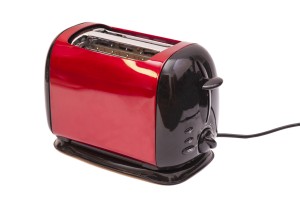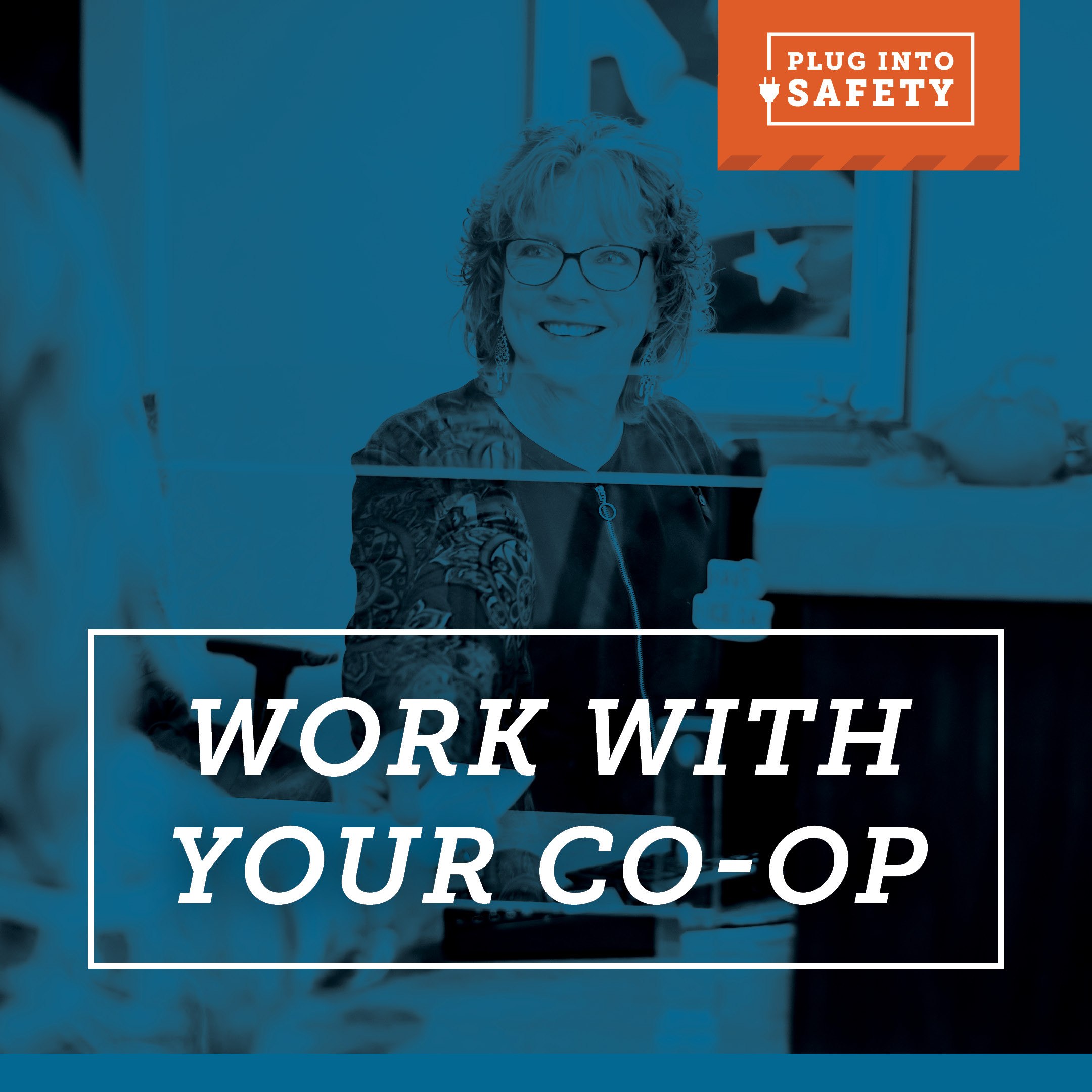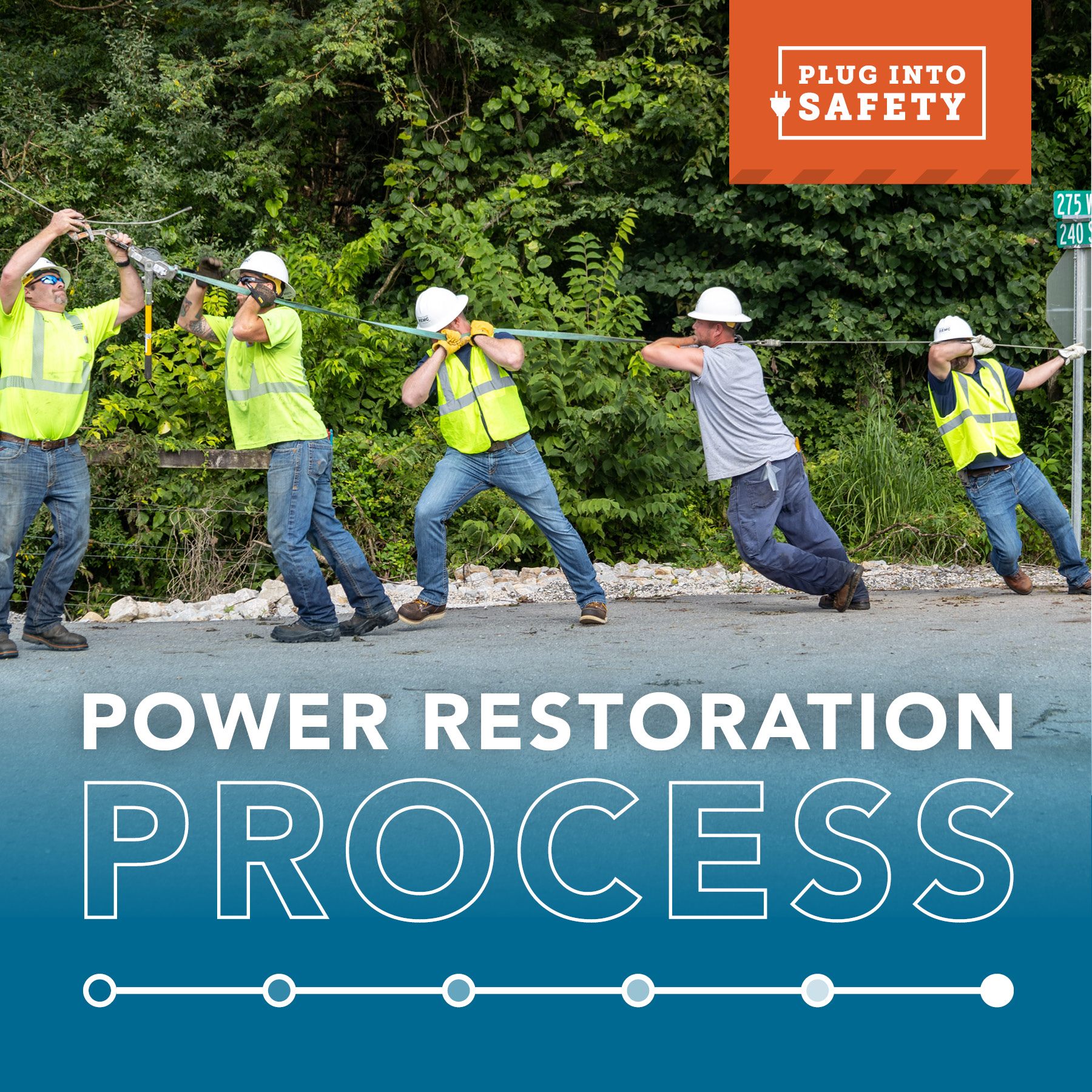Your kitchen is probably THE activity center of your home. It’s where you prepare meals, where kids snack and do their homework, where you gather for post-meal cleanup and where the gang tends to congregate when you entertain. But  danger can lurk within the kitchen, Rick Coons, CEO of Indiana Electric Cooperatives warns. After all, if water, hot surfaces, flexible cables and electricity come together you could have a shocking or burning recipe for disaster.
danger can lurk within the kitchen, Rick Coons, CEO of Indiana Electric Cooperatives warns. After all, if water, hot surfaces, flexible cables and electricity come together you could have a shocking or burning recipe for disaster.
“Most of the electrical appliances you use each day are in the kitchen,” Coons said. “Everyone in your family should not only know how to use those appliances safely — they should know what to do when something goes wrong.” Since the majority of residential fires occur in the kitchen, Coons also stressed that there should be a working smoke detector and fire extinguisher — stored safely away from your stove — in your kitchen for safety’s sake.
Make sure your kitchen is equipped with ground-fault circuit interrupters (GFCIs) for all your countertop appliances, Coons said. GFCIs, Coons explained, shut off the power when they detect an electric current traveling along an unintended path, for instance through water or a person. Simply put, they reduce electric shock risk.
“Make sure your GFCIs are working by testing them at least once a month,” Coons said.
Other safety tips to keep in mind:
- Always remember that water and electricity don’t mix! Don’t touch switches or any electrical equipment when your hands are wet.
- Don’t ditch the “kitch” when the dishwasher is running. Try to hang around to make sure it is running smoothly and safely.
- Resist the urge to tidy up too quickly. Wait until the appliance has cooled down before wrapping its flexible cord around it.
- Appliance on the fritz? Unplug it before trying to repair it. Unless it’s a simple fix, take it to a licensed repairman or buy a new gadget. These days, most appliances are very affordable.
- Unplug any electrical cooking gadget if you are not using it.
- You’ve likely heard not to stick a knife in a plugged-in toaster to retrieve toast that’s stuck. However, folks still do that! Make sure you’re not one of them.
- “Grease” is the word for danger in the oven or grill. A grease buildup can cause a fire when you’re baking that casserole or grilling those steaks. To avoid an unwanted flambé, keep your oven or grill clean.
- Don’t overload your sockets with too many appliance cords.
- The top of your microwave oven is not a shelf. Don’t treat it as one.
- Give your refrigerator some breathing room. There should be enough room behind the refrigerator for air to circulate.
Sources: U.S. Fire Administration, Safety.com, electricitysafetyfirst.org
Everything including the kitchen sink!
These kitchen safety tips cover a lot of bases
- If a countertop appliance is not being used, unplug it. If it’s sitting by the sink, move it. If it’s plugged into a non-GFCI-protected outlet, switch outlets to one that is protected. The shock you prevent could be your own!
- Speaking of GFCI outlets, test them monthly to make sure they’re working properly.
- Since water and electricity don’t mix, don’t touch appliances or switches with wet hands. Keep a towel handy to dry those digits!
- Countertop appliances should be plugged directly into grounded receptacles. In other words, don’t use extension cords unless you absolutely have to and, if so, only temporarily.
- Make sure your kitchen is equipped with enough outlets for all the appliances you use. Don’t plug more than one appliance into the same plug or circuit lest you overload the outlet, wiring and circuit breaker.
- Sure, you have to see what you’re doing — especially when you’re wielding a butcher knife — but resist the urge to put oversized lightbulbs into the kitchen light fixtures. Always use correctly sized bulbs in your fixture to ensure the socket and wiring don’t overheat and burn.
Source: King Electric
Everyone should have this home accessory
Before dropping the bucks for a new area rug, recliner or side table, invest in a shiny red accessory that could ensure your home decor remains welcoming and attractive.
Every house should be equipped with a portable fire extinguisher to put out small fires — or help contain other fires before the fire department arrives. But owning the extinguisher isn’t enough; you have to know how to use it.
Keep the word “PASS” in mind to operate a fire extinguisher:
Pull the pin. Hold the extinguisher with the nozzle pointed away from you, then release the lock.
Aim low, pointing the extinguisher at the base of the fire.
Squeeze the lever slowly and evenly.
Sweep the extinguisher’s nozzle from side to side.
When purchasing a fire extinguisher, choose a multi-purpose model that is large enough to put out a small fire, but small enough to be picked up and used effectively. These multi-purpose extinguishers are for Class A-B-C fires (ordinary combustibles like cloth, wood and paper; flammable liquids like grease, gasoline and oil; and electrical appliances and tools) and can be used throughout the home. If you can also invest in an extinguisher to use solely in the kitchen, consider one for Class K fires (fires caused by vegetable or animal oils or fats in cooking appliances). Purchase a model that carries the label of an independent testing laboratory. Keep your extinguisher close to an exit and keep your back to that exit as you use the extinguisher. If the fire can’t be controlled or if the room fills with smoke, get out!
Remember, only use your fire extinguisher if the fire is confined to a small area and is not growing. Whenever there is a fire, warn everyone to leave the building and make sure the fire department has been called.
Source: National Fire Protection Association





